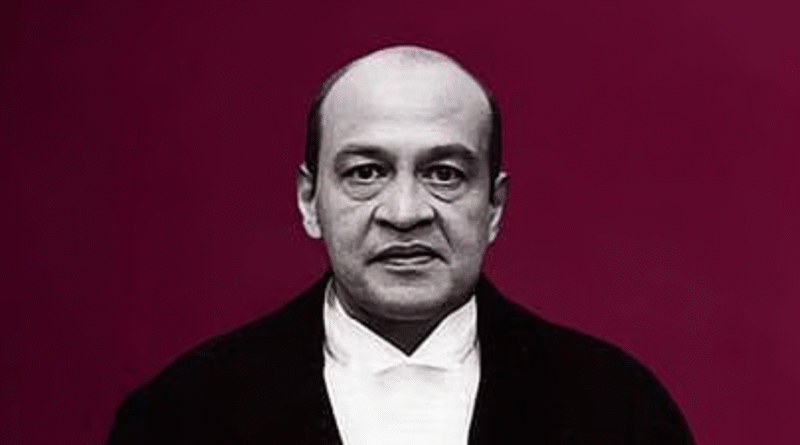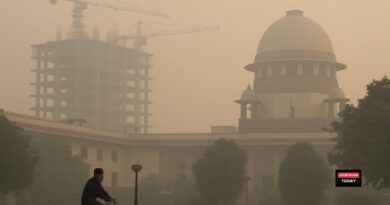Justice Varma’s Challenge Falls Flat — Here’s Why
The Supreme Court on Thursday dismissed the writ petition filed by Allahabad High Court judge Justice Yashwant Varma, who had challenged an in-house inquiry report indicting him over the alleged recovery of a large amount of unaccounted cash from his official residence in Delhi.
A Bench of Justice Dipankar Datta and Justice AG Masih framed six issues for consideration — maintainability, procedure, violation of rights, compliance, communication to the executive, and liberty for future action.
On maintainability, the Court held that a writ petition against the conduct of a sitting judge under the in-house mechanism was not maintainable. It said the constitution of the in-house committee and the process it followed were legal and recognised, not a “parallel” mechanism outside the Constitution. No violation of Justice Varma’s fundamental rights was found.
The Court observed that the then Chief Justice of India (CJI) Sanjiv Khanna and the committee had followed due process. The only exception was not uploading photographs and videos — which was not mandatory and was never objected to by Justice Varma. Sending the report to the President and the Prime Minister was not unconstitutional, as the President is the appointing authority for judges and acts on the advice of the PM.
The Bench emphasised that its order was drafted carefully to avoid affecting Justice Varma’s rights in any future proceedings. He can raise his grievances later through proper legal remedies.
Earlier, the Court had noted that Justice Varma approached it belatedly — only after the committee gave findings against him and the CJI recommended his removal. It questioned whether he had participated in the proceedings hoping for a favourable outcome and only turned to the Court after the decision went against him.
The in-house committee was not tasked with deciding whether the recovered money belonged to him. Justice Varma, however, argued that the process was unconstitutional, initiated without a formal complaint, and amounted to a media trial due to public disclosure of allegations in a Supreme Court press release.
He also alleged that he was denied evidence, CCTV footage, and the chance to cross-examine witnesses, claiming the panel ignored key questions like who placed the cash and whether it was genuine. He said conclusions were drawn without proof, and within hours of the report’s submission, the CJI asked him to resign or face removal — without a personal hearing.
The incident occurred on 14 March, when a fire broke out at his Delhi residence. Firefighters reportedly found bundles of cash in the outhouse. A video later showed the cash burning. Justice Varma called it a conspiracy to frame him.
Following the incident, CJI Khanna set up a three-member panel comprising Punjab and Haryana High Court Chief Justice Sheel Nagu, Himachal Pradesh High Court Chief Justice GS Sandhawalia, and Karnataka High Court Justice Anu Sivaraman. The panel’s report, submitted on 4 May, indicted Justice Varma, after which the CJI recommended his impeachment to the President and the Prime Minister.
Justice Varma has been moved back to the Allahabad High Court, but judicial work has been withdrawn from him. Parliament is currently considering an impeachment motion for his removal.





